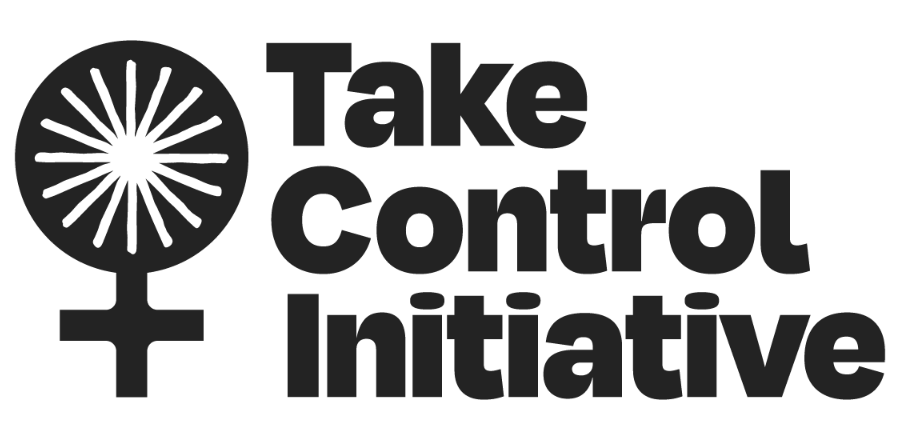
Hormonal IUD
A hormonal IUD is a small, T-shaped device made of flexible plastic. There are four hormonal IUDs —Liletta® (lasts up to 6 years), Mirena® (lasts up to 5 years), Kyleena® (lasts up to 5 years), and Skyla® (lasts up to 3 years). It can be placed and removed at any time by your healthcare provider. This method uses a lower dose of hormones than other methods, so there may be fewer side effects.
How it works: The IUDs go in the uterus, and it releases a steady, low dose of a synthetic hormone (called progestin) that thins the lining of the uterus and thickens cervical mucus—which helps block sperm from getting to the egg in the first place.
Lasts up to 3, 5 or 6 Years
Considerations
› No STI Protection
The hormonal IUD does not protect against sexually transmitted infections (STIs), including HIV (if left untreated, can cause AIDS). You should use a condom each time you have sex to prevent against STIs.
› Get it and Forget it
Once it’s in, you’re good to go for up to 3, 5 or 6 years (depending on the type you get). The IUD doesn’t need surgery, usually takes about 5 to 10 minutes to place in the uterus, and it can be removed at any time you want by your healthcare provider.
› Hands Free
No packages or prescriptions to pick up at the pharmacy, so there’s nothing that could get lost or forgotten.
› Privacy
There’s no packaging, and nothing you need to do just before you have sex. The strings attached to the IUD are there to help a doctor or nurse remove the IUD easily. The strings usually become softer or move out of the way during the first month or 2. If you or your partner are feeling discomfort, talk to your provider – you matter!
› Safe and Sound
Most folks are good candidates for the IUD. That’s true even if you’re young, have never been pregnant, or haven’t had kids yet. Talk to your healthcare provider about what’s right for you.
› The Pregnancy Question
Your ability to get pregnant will return immediately after the IUD is removed. But if you’re not ready to get pregnant as soon as you have the IUD taken out, be sure to protect yourself with an alternate method.
› A lower dose of hormones
The hormonal IUD uses a lower dose of hormones than other methods, so there may be fewer side effects.
› Lighter Periods
Some people experience lighter or no periods after a year. But for many people who are on hormonal birth control, it is very safe to not have a period.
› First Months & Beyond…
Most people adjust to having an IUD pretty quickly but give yourself time. After getting the hormonal IUD, you may experience irregular bleeding for the first 3 to 6 months. Some folks use over-the-counter pain relievers like Advil or Midol to help with their cramps (after it’s placed). If your bleeding, cramping or other side effects are still causing discomfort after 6 months, talk to your provider — you’re worth it!
› Have a Back-up
The hormonal IUD takes about 7 days to get working, so use a back-up method, like a condom, during that time.
Where Can I Get One?
They are available at our partner clinics. If you qualify, you can get one for free through Take Control.


